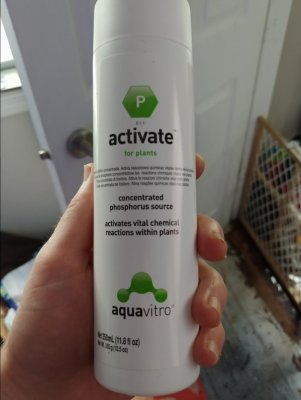- Joined
- Mar 3, 2016
- Messages
- 1,059
- Reaction score
- 723
It looks worse in person. I see the bubbles and the stringly stuff. Pretty sure it’s dinos. My levels are very low as you can see in the pictures. I tried blacking out for 5 days. It got them down but they came roaring back. I shut off my skimmer and dosed KN03 which gotnmy nitrates out of zero range - but Phosphate is 0.
I tried to do a UV - but I ordered a Jabeo 55W which got shipped broken. I have only fish no corals, and pods. Tank has been up about 4 months. Just trying to get my nutrients up and struggling. I think the next thing is shutting off the ATS and letting the tank go natural to get levels up.
I could feed more but my fish look like they are going to explode. I could add more bioload with the tangs I have in QT [emoji848]. Open to ideas that isn’t a full take down.




I tried to do a UV - but I ordered a Jabeo 55W which got shipped broken. I have only fish no corals, and pods. Tank has been up about 4 months. Just trying to get my nutrients up and struggling. I think the next thing is shutting off the ATS and letting the tank go natural to get levels up.
I could feed more but my fish look like they are going to explode. I could add more bioload with the tangs I have in QT [emoji848]. Open to ideas that isn’t a full take down.


















